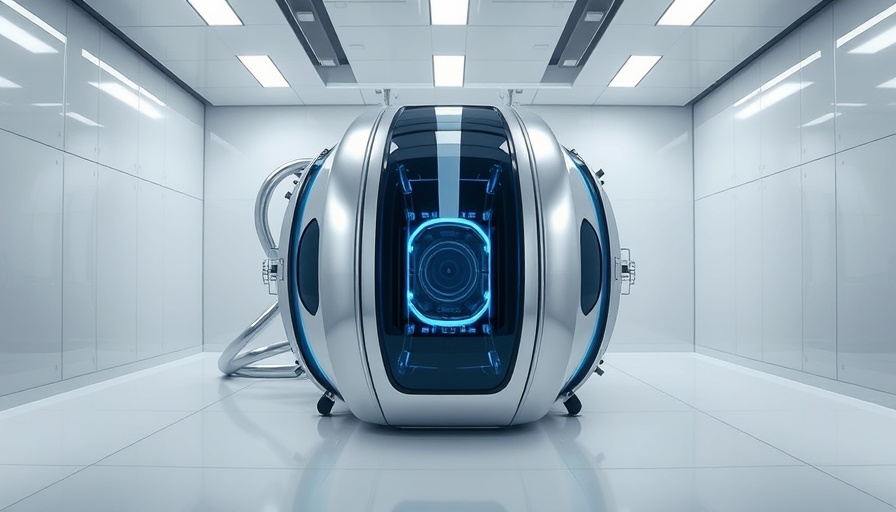
Unveiling a New Era in Fusion Energy
In a breakthrough moment for the fusion energy sector, Proxima Fusion, a German startup with roots in the esteemed Max Planck Institute for Plasma Physics, has revealed a fusion reactor design that aims to be the quickest route to commercial viability. This ambitious project, labeled Stellaris, represents a significant leap in fusion technology, which promises to deliver endless clean energy and wrestle the planet from its reliance on fossil fuels.
The Innovative Design of Stellaris
The heart of Proxima Fusion's innovation lies in its design—a quasi-isodynamic (QI) stellarator equipped with high-temperature superconducting (HTS) magnets. The reactor's unique architecture enables it to maintain continuous operation, setting it apart from existing designs and ensuring a stable confinement of superheated plasma necessary for fusion reactions. This design utilizes complex, twisted magnetic fields that echo the conditions found in the sun, successfully bridging practical engineering and cutting-edge physics.
Why Stellaris Might Change the Game
Stellaris is reported to require less operational power and boosts stability, addressing long-standing concerns associated with fusion reactors. Unlike the more conventional tokamak reactors, which have dominated fusion research, Proxima's stellarator design eliminates the intrinsic instability and electrical current reliance that typically hampers performance. Advances in computational power and AI further empower Proxima by accelerating design processes and optimizing performance parameters, making their fusion reactor not just a concept but an imminent reality.
The Importance of AI in Fusion Development
AI's role in the evolution of Stellaris is pivotal. It allows for rapid iterations in reactor designs based on diverse inputs, such as cost-efficiency and material availability. As co-founder Francesco Sciortino puts it, understanding the “complex geometry” of stellarators is made possible via AI, significantly reducing the time taken to evaluate new design concepts. This technological integration heralds the transition from theoretical models to tangible prototypes, promising quicker paths to energy production.
Funding and the Future of Proxima Fusion
Founded in 2023, Proxima has already secured €65 million in funding, combining venture capital investments and public funds. As it prepares to complete its first reactor demonstrator by 2030, the company aims to construct a 1GW fusion reactor that could help power the grid by the 2030s. However, one critical challenge remains: the financial feasibility of multiplying reactor constructions in an already crowded energy market, where the estimated costs for building fusion plants can soar between €5 to €10 billion.
A Vision of Sustainable Energy
Proxima's ambition resonates deeply in today's global call for sustainable energy solutions. Energy generation through fusion promises not only a remarkable reduction in greenhouse gas emissions but also a secure and readily available fuel source, as hydrogen—its primary fuel—is the most abundant element in the universe. As investments and technologies continue to converge, Proxima Fusion stands at the forefront, acting not merely as a participant in the energy race but as a potential frontrunner in the journey toward rich, renewable energy.
In conclusion, while the road to a fully operational fusion reactor remains dotted with complex engineering challenges, Proxima Fusion is pioneering toward creating a sustainable future—just six years away from its proving ground for delivering energy at a commercial scale. For executives and companies in digital transformation, the advances in fusion energy could redefine operational frameworks across diverse sectors, propelling us into a new energy era.
 Add Row
Add Row  Add
Add 


Write A Comment